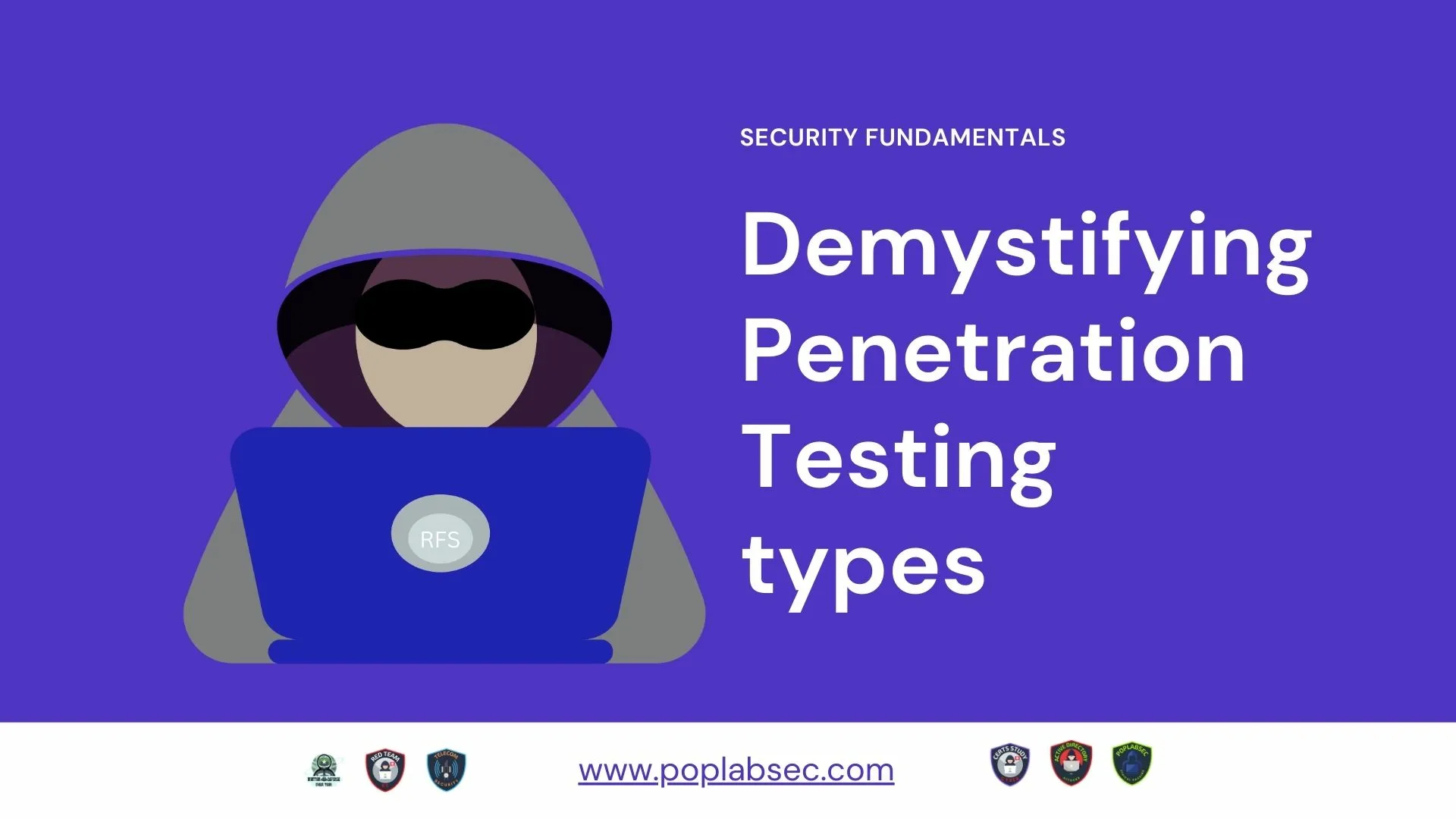In this comprehensive article, we delve into the world of penetration testing types, uncovering the various types of assessments used to evaluate and enhance network and application security.
Gain insights into vulnerability assessments, red teaming, white-box testing, and black-box testing to fortify your organization’s defense against cyber threats.
Table of Contents
In today’s hyper-connected digital landscape, organizations face a relentless barrage of cyber threats.
To counter these risks, comprehensive security measures are essential. Penetration testing, a crucial component of a robust cybersecurity strategy, enables organizations to proactively identify vulnerabilities and address them before malicious actors can exploit them.
Penetration Testing types
In this article, we’ll explore the different types of penetration testing assessments available, providing insights into their unique methodologies and applications.
Vulnerability Assessment
A vulnerability assessment focuses on identifying and quantifying vulnerabilities within an organization’s network infrastructure, systems, and applications. It involves using automated tools to scan for known vulnerabilities and misconfigurations. This assessment provides a baseline understanding of an organization’s security posture and forms the foundation for further penetration testing.
Red Teaming
Red teaming takes penetration testing to the next level by simulating real-world cyber attacks. Unlike traditional assessments, red teaming involves a comprehensive and targeted approach.
Skilled ethical hackers, often external to the organization, attempt to breach security defenses using multiple techniques, including social engineering, network intrusion, and application exploitation.
The objective is to emulate a genuine attacker’s behavior and identify any weak points in the organization’s defenses.
White-Box Testing
White-box testing, also known as clear-box testing, provides penetration testers with detailed knowledge about the target environment. Testers have access to internal documentation, architecture diagrams, and source code, allowing them to perform a thorough assessment. This approach closely mirrors an insider’s perspective and helps identify vulnerabilities that an attacker with insider knowledge might exploit.
Black-Box Testing
In contrast to white-box testing, black-box testing mimics the perspective of an external attacker with limited knowledge of the target environment. Testers operate without any prior knowledge of the system, relying solely on publicly available information.
This approach enables organizations to evaluate their security posture from an outsider’s standpoint and uncover vulnerabilities that may be exploited by an opportunistic attacker.
Conclusion
To stay ahead of the ever-evolving threat landscape, organizations must adopt a proactive approach to cybersecurity. Penetration testing, encompassing vulnerability assessments, red teaming, white-box testing, and black-box testing, offers invaluable insights into an organization’s security posture.
By identifying and addressing vulnerabilities before they can be exploited, businesses can enhance their defense mechanisms and safeguard their critical assets from malicious actors.
Implementing a comprehensive penetration testing program tailored to an organization’s specific needs is key. With the insights gained from these assessments, businesses can prioritize remediation efforts and allocate resources effectively, ensuring the highest level of security in an increasingly digital world.
Remember, cybersecurity is an ongoing process. Regularly conducting penetration testing assessments and staying up to date with emerging threats will help organizations stay one step ahead and protect their valuable data and reputation.
